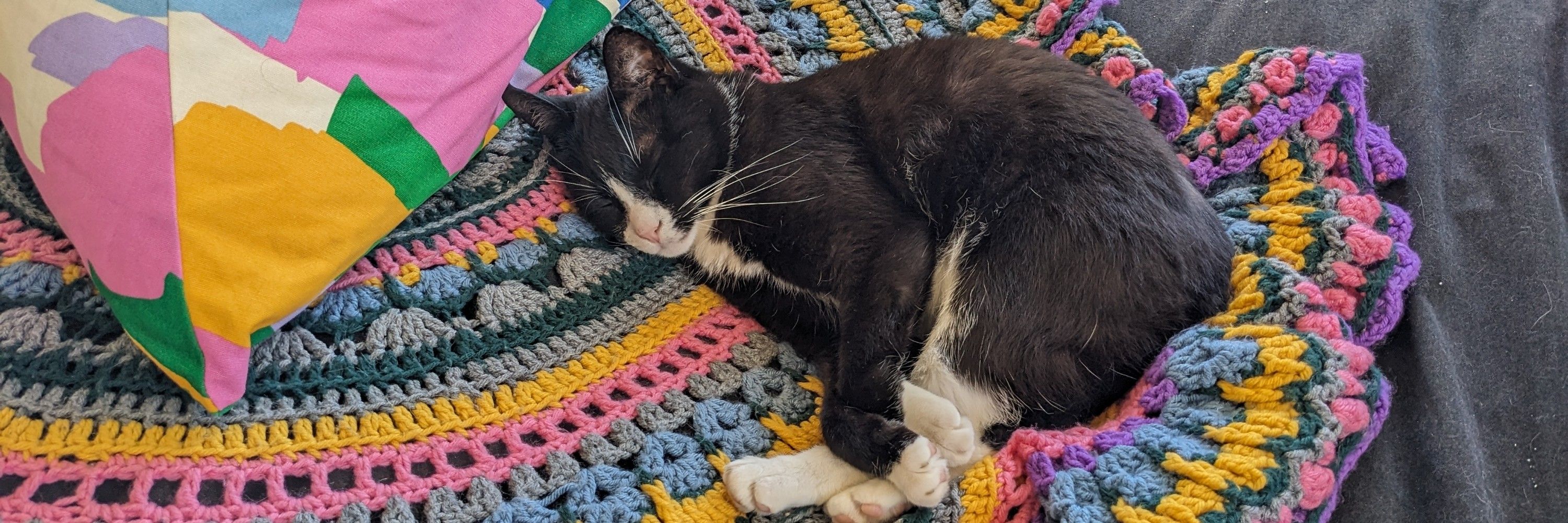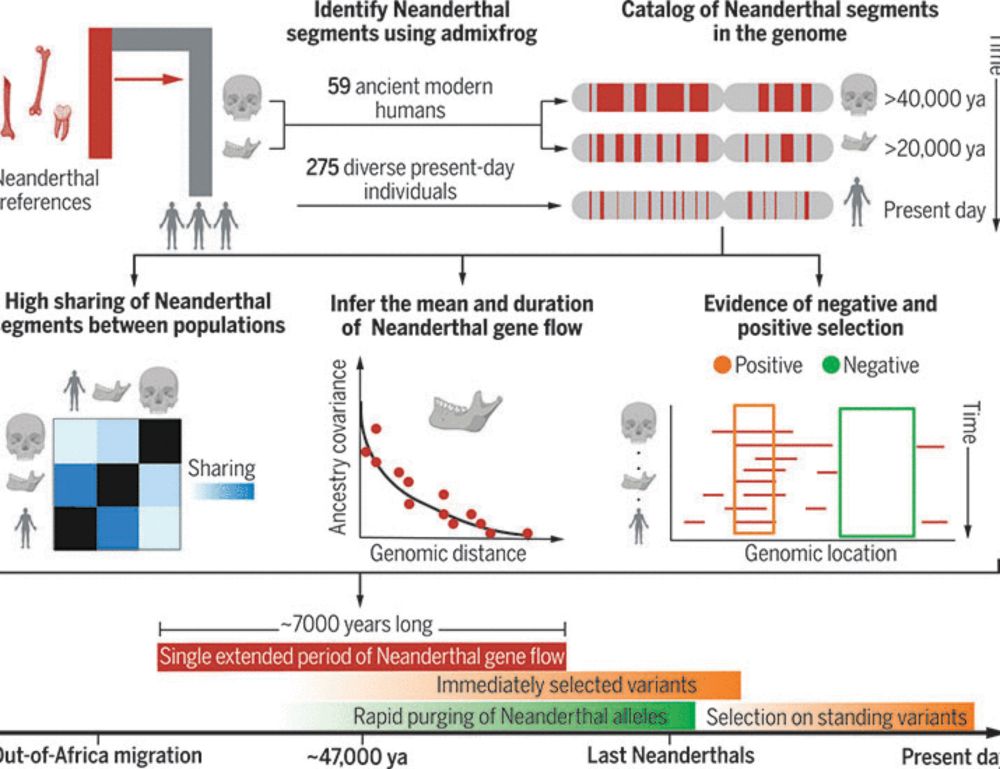
www.biorxiv.org/cgi/content/...

www.biorxiv.org/cgi/content/...
I am so happy to share a new paper and a new video (see below). The paper describes a simple mathematical model that describes levels of drug resistance. I called the model the Resistance-Acquisition-Purifying-Selection…
I am so happy to share a new paper and a new video (see below). The paper describes a simple mathematical model that describes levels of drug resistance. I called the model the Resistance-Acquisition-Purifying-Selection…

bsky.app/profile/stan...

bsky.app/profile/stan...

Super excited to share our new preprint “Sex decreases the pleiotropic costs of local adaptation”, where we bring a new angle to this age-old evolutionary question. Co-led by Parris Humphrey, in Michael Desai's lab. Short thread here: (1/n)
Super excited to share our new preprint “Sex decreases the pleiotropic costs of local adaptation”, where we bring a new angle to this age-old evolutionary question. Co-led by Parris Humphrey, in Michael Desai's lab. Short thread here: (1/n)
Do these studies find the most IMPORTANT genes? If not, how DO they rank genes?
Here we present a surprising result: these studies actually test for SPECIFICITY! A 🧵on what this means... (🧪🧬)
www.biorxiv.org/content/10.1...

Do these studies find the most IMPORTANT genes? If not, how DO they rank genes?
Here we present a surprising result: these studies actually test for SPECIFICITY! A 🧵on what this means... (🧪🧬)
www.biorxiv.org/content/10.1...
www.science.org/doi/10.1126/...


Next up: code tutorials for aDNA packages, watch the MarineOmics space!

We published today a new model for maize origins (www.science.org/doi/10.1126/...). Let me tell you how we got here. 1/

We published today a new model for maize origins (www.science.org/doi/10.1126/...). Let me tell you how we got here. 1/
www.biorxiv.org/content/10.1...



www.biorxiv.org/content/10.1...





